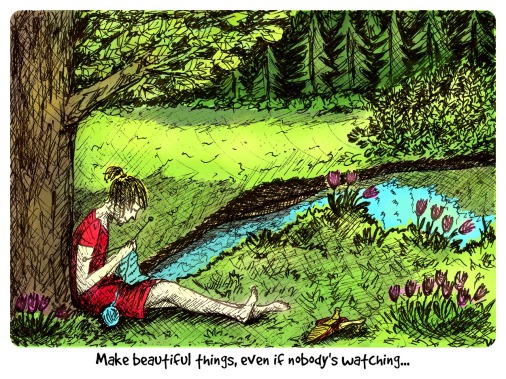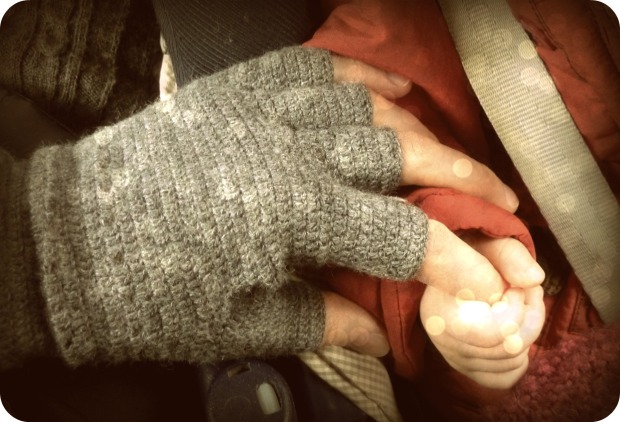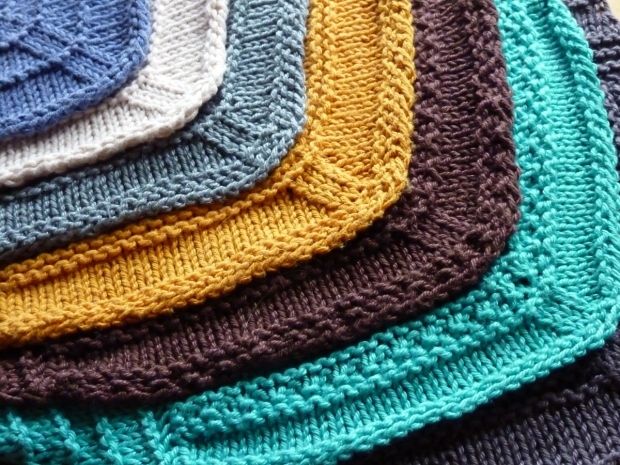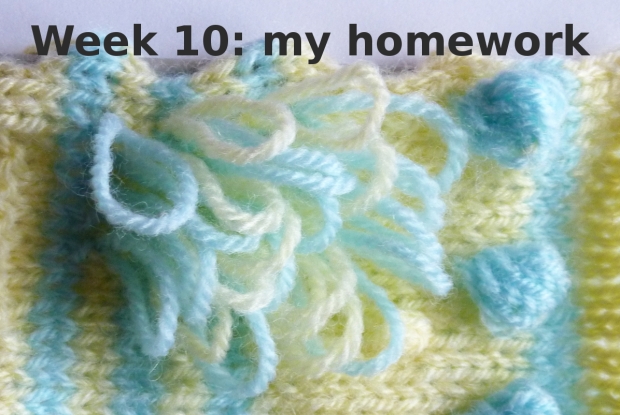This week’s post was supposed to be about brioche knitting, but… I think it’s time to admit that my knitting challenge doesn’t proceed as I’d love it to. I broke the deadlines more than once. I skipped the homework. I felt guilty about both…
Did I tell you about perfectionism? Well, being a new mum does make you lower the bar but I still like to do things properly and unfortunately, at this point, I realise that it’s impossible for me to combine the 24-hour baby-sitting “job” and the full-day wife’s “job” with anything as regular as a weekly knitting challenge.
I absolutely enjoy my life. I have a wonderful family. And this wonderful family needs a lot of attention. So, sorry as I am, I must call this year’s knitting challenge closed.
Of course, I won’t stop knitting altogether – I’ll go on enjoying it, but on a less scheduled basis. Stay with me for updates!
Good knitting to all of you!
Iryna


















